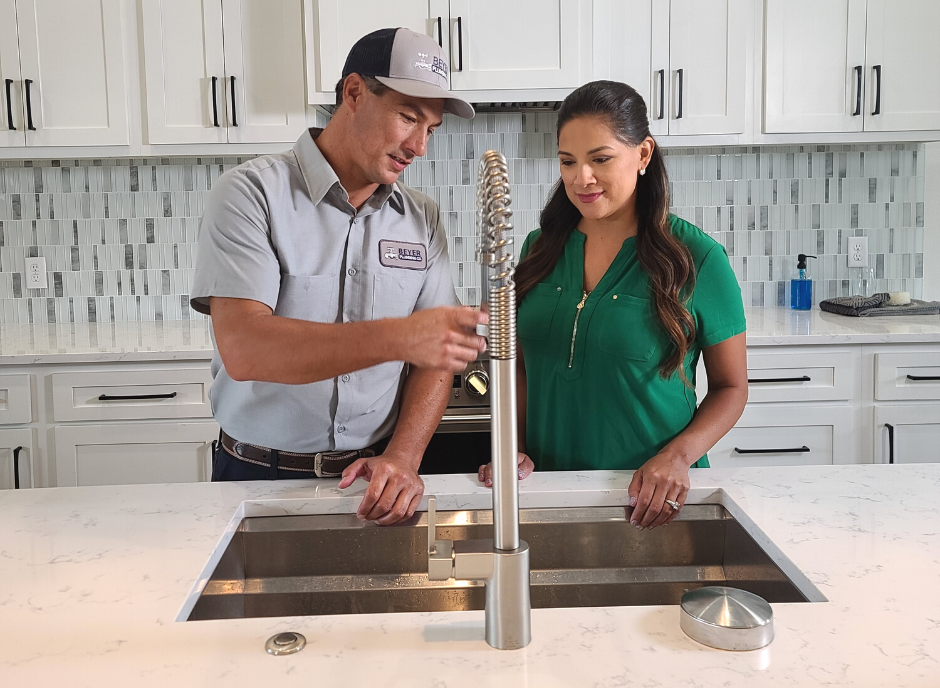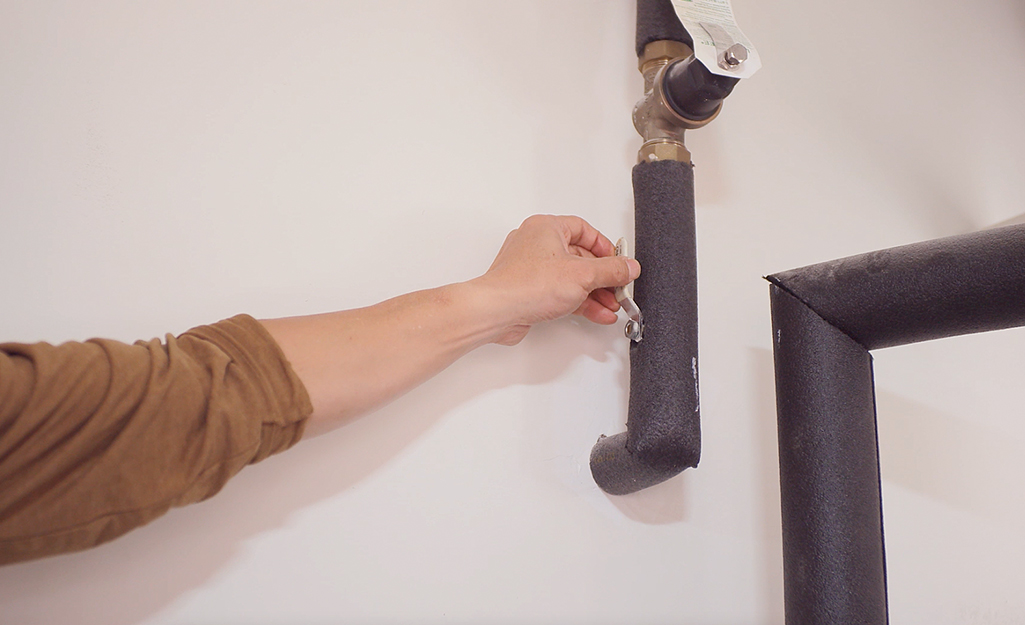Uncovering the Value of Addressing a Faulty Faucet
Get A QuoteThis great article further down on the subject of Water Dripping from Faucet: Why and How to Fix is truly entertaining. Don't bypass it.

Dripping taps might appear like a small hassle, yet their influence goes beyond just the annoyance of the noise. From wasting water to incurring unneeded economic costs and wellness threats, overlooking a trickling tap can lead to various effects. In this short article, we'll explore why it's important to address this typical home issue immediately and properly.
Wastefulness of Water
Environmental Effect
Trickling faucets add considerably to water wastefulness. According to the Environmental Protection Agency (EPA), a solitary tap leaking at one drip per secondly can throw away more than 3,000 gallons of water each year. This not just stress water sources but likewise impacts communities and wild animals based on them.
Financial Costs
Boosted Water Expenses
Beyond the ecological impact, leaking taps can inflate water expenses considerably. The collected wastage over time translates into greater energy expenditures, which might have been prevented with prompt repair work.
Prospective Home Damage
Furthermore, prolonged dripping can cause harm to fixtures and surfaces bordering the tap. Water buildup can trigger discoloration, deterioration, and also structural concerns if left unattended, causing added repair service costs.
Health and wellness Problems
Mold and Mildew Development
The constant visibility of wetness from a leaking faucet creates an ideal environment for mold and mold development. These fungis not just compromise indoor air high quality however additionally pose health risks, particularly for people with respiratory system conditions or allergies.
Waterborne Diseases
Stationary water in trickling taps can end up being a breeding place for germs and other pathogens, raising the risk of waterborne illness. Impurities such as Legionella germs prosper in stationary water, potentially resulting in serious ailments when ingested or inhaled.
DIY vs. Specialist Repair
Advantages and disadvantages of DIY Fixing
While some may attempt to repair a dripping faucet themselves, do it yourself fixings come with their very own set of obstacles. Without correct knowledge and tools, do it yourself efforts can intensify the problem or cause insufficient repair services, extending the problem.
Benefits of Employing a Professional Plumber
Employing a specialist plumber ensures that the underlying reason for the dripping tap is attended to properly. Plumbers have the knowledge and equipment to detect and repair tap problems successfully, saving time and decreasing the risk of further damages.
Step-by-Step Guide to Repairing a Dripping Faucet
Tools Called for
Prior to attempting to take care of a dripping faucet, collect the necessary tools, including an adjustable wrench, screwdrivers, replacement components (such as washing machines or cartridges), and plumber's tape.
Typical Tap Issues and Their Solutions
Identify the sort of tap and the details problem triggering the drip. Common troubles consist of worn-out washers, rusty shutoff seats, or faulty O-rings. Refer to producer instructions or on-line tutorials for step-by-step advice on fixings.
Preventive Measures
Routine Maintenance Tips
To stop dripping taps, perform regular maintenance such as cleansing aerators, examining for leaks, and replacing damaged components without delay. Additionally, take into consideration installing water-saving devices or upgrading to more efficient fixtures.
Importance of Prompt Repairs
Dealing with dripping taps as quickly as they're observed avoids further water wastefulness and prospective damage, ultimately conserving both water and money in the long run.
Influence On Residential Or Commercial Property Worth
Understanding of Well-Maintained Residential Or Commercial Property
Keeping a home in good condition, including attending to upkeep issues like trickling faucets, improves its regarded value and charm amongst potential customers or renters.
Impact on Resale Value
Characteristics with well-kept plumbing fixtures, including taps, command greater resale worths in the real estate market. Attending to trickling faucets can add to a positive perception throughout building assessments and arrangements.
Environmental Duty
Private Contribution to Preservation
Taking obligation for repairing leaking taps lines up with wider initiatives towards water preservation and ecological sustainability. Every individual's activities jointly make a significant influence on protecting precious sources.
Sustainable Living Practices
By focusing on prompt repair work and taking on water-saving habits, individuals contribute to sustainable living practices that benefit both existing and future generations.
Final thought
Resolving a leaking tap exceeds simple benefit; it's a vital step toward preserving water, minimizing financial costs, and guarding health and residential or commercial property. Whether through DIY repair work or professional help, taking action to fix dripping faucets is a tiny yet impactful way to promote liable stewardship of sources and contribute to a healthier, much more lasting future.
How to Fix a Dripping or Leaky Faucet
A leaking faucet is one of the most common problems that homeowners encounter, but it being commonplace doesn’t make it any less annoying. The constant drip drip drip of a leaking bathtub faucet, showerhead, or sink tap can disturb your home’s serenity. Left neglected, a dripping faucet can also result in higher water bills and discoloration or mold growth in your sink or plumbing fixtures.
Fortunately, you don’t have to be a trained plumber to know how to stop a dripping faucet. With some basic tools, replacement parts, and a little patience, leaky faucet repair is a breeze. In this article, we’ll explain what causes dripping faucets and how you can fix them.
What Causes a Leaking Faucet?
Kitchen and bathroom faucets come in all manner of designs, but most involve some combination of valves, O-rings, seals, and washers. The O-ring is usually the weakest link, but any one of these pieces can wear down over time. Heat, moisture, temperature fluctuations, minerals, mold, and movement can contribute to warping and corrosion, breaking the watertight seal. This just comes with the territory of being a homeowner. Everything is always subject to wear and tear, and some component parts of your appliances and fixtures need to be replaced on occasion. At least replacement O-rings are cheap!
More rarely, dripping faucets can be a symptom of excessively high water pressure. Were this the case in your home, you would probably notice that the leak is not isolated to one faucet. Water pressure issues are harder to resolve on your own. We recommend contacting a professional plumber if you suspect your water pressure is too high.
How to Fix a Dripping Faucet
Pipe wrench or monkey wrench Allen wrench set Screwdrivers Old towel or rag Shut off the water.
Before you do anything, you need to turn off the water to keep from drenching your kitchen or bathroom. You should find a valve under the sink and against the wall. Once you’ve turned this valve, try turning the faucet on to confirm that the water source has been cut off.
If you can’t locate your local valve for the faucet you’re working on, you can always shut off the water to the house at the main valve. Of course, this will prohibit anyone from using the sinks, showers, or toilets while you’re working on the faucet that’s giving you trouble.
Plug or block the drain.
You’ll be disassembling the faucet and removing some small bits of hardware. Plug the drain with a stopper or rag to avoid the possibility of a small screw falling into your P-trap.
Take apart the faucet assembly.
There are several varieties of kitchen and bathroom faucets, each with its own manner of assembly. For detailed instructions on how to disassemble your faucet, you can refer to the fixture’s manual or contact the manufacturer. If you know whether you have a ball, disc, cartridge, or compression faucet, you can find detailed schematics online.
In general, you need to begin by removing the faucet handles. You might notice a small screw that you’ll need to remove with a screwdriver or Allen wrench. If you don’t see any visible securing hardware, it’s likely hidden under a decorative cap that can be unscrewed or popped off with flathead screwdriver.
Remove each piece methodically, consulting a schematic when necessary. Take notes or arrange the pieces in such a way to make it easier to correctly reassemble the faucet later.
Remove the cartridge.
Once you’ve removed the handles and securing hardware, you should be able to remove the valve cartridge or stem. Some cartridges will slide right out. Other faucet models will require you to loosen a nut with a pipe wrench before you can remove the valve stem.
Examine the exposed hardware.
With the cartridge or stem removed, inspect the component parts. Check the rubber O-rings for wear and tear. Also examine the seat washer for corrosion or other damage. These pieces are usually the responsible parties for a dripping faucet, but it’s worth inspecting the other component parts while you have the faucet disassembled.
Find replacement parts.
Once you’ve identified which faucet component has failed, find an identical replacement. Your local hardware store should have O-rings, seat washers, and other standard components in stock. If you have a luxury or uncommon faucet, you may have to contact the manufacturer for a replacement part.
It’s a good idea to take your old parts with you to the hardware store so you can compare them with the store’s inventory and be sure you’re purchasing the correct replacement.
Reassemble the faucet.
With your new parts in hand, reconstruct the faucet and handles. Don’t be tempted to overtighten screws or nuts. You might think this could create a better seal, but it can instead damage or bend a delicate part of the assembly and create a new problem for you.
Turn on the water and test the faucet.
The only thing left to do is test your work. Unplug the sink, turn the water back on, and try the faucet. Congratulate yourself on a job well done!
https://www.libertyhomeguard.com/how-to-fix-a-dripping-or-leaky-faucet/

We are very drawn to and I'm hoping you enjoyed reading the article. Make sure you set aside a second to share this post if you liked it. I take joy in reading our article about Why Are My Faucets Dripping (And Can I Fix It Myself)?.